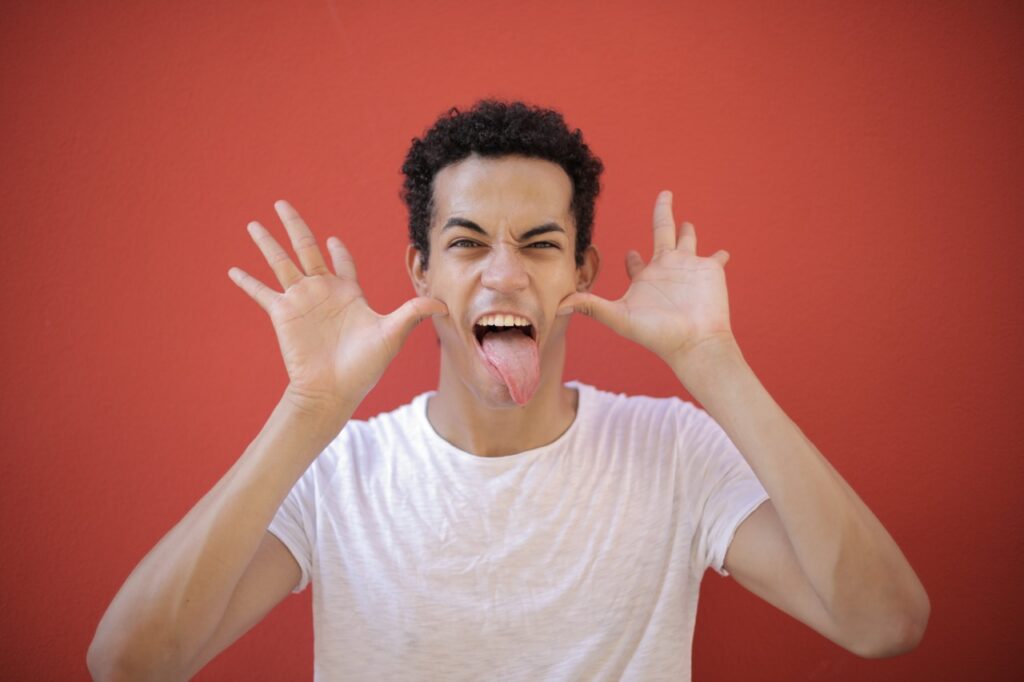Health News & Trends
AI Discovers the Tongue’s Unique Identity
According to new research, artificial intelligence (AI) and 3D scans of the human tongue have revealed that the surface of our tongues is unique to each of us.
The findings provide an unparalleled look into the biological makeup of our tongue’s surface, as well as how our senses of taste and touch change from person to person.
According to specialists, the research offers enormous future potential for determining individual food preferences, establishing healthy food alternatives, and early identification of oral malignancies.
The tongue is an extremely smart and complicated organ.
Its surface is covered with hundreds of tiny buds called as papillae, which aid in taste, communication, and swallowing.
The mushroom-shaped fungiform papillae house our taste buds, but the crown-shaped filiform papillae offer the tongue texture and a sensation of touch.
The tasting function of our fungiform papillae has been extensively studied, but little is known about the differences in shape, size, and pattern across people.
In conjunction with the University of Leeds, a team of researchers lead by the University of Edinburgh’s School of Informatics taught AI computer models to learn from three-dimensional microscopic scans of the human tongue, revealing the unique characteristics of papillae.
They provided the AI tool data from over 2,000 precise scans of individual papillae collected from silicone molds of fifteen people’s tongues.
The AI models were created to obtain a better knowledge of unique papillae traits and to forecast the age and gender of each volunteer.
The researchers utilized limited amounts of data to teach the AI models on the many properties of the papillae, along with extensive use of topology – a branch of mathematics that investigates how specific areas are formed and related.
This allowed the AI technology to accurately forecast the kind of papillae and map the position of filiform and fungiform papillae on the tongue’s surface.
Surprisingly, the papillae were discovered to be different across all fifteen participants, and individuals could be recognized with a 48% accuracy from a single papilla.
The research was published in the journal Scientific Reports.
The research was supported by the UKRI CDT in Biomedical AI and the European Research Council (ERC) under the European Union’s Horizon 2020 research and innovation program.
Senior author Professor Rik Sakar, Reader in Informatics at the University of Edinburgh, stated:
“This research advances our understanding of the complex architecture of tongue surfaces.”
“We were surprised to see how individual these micron-sized features are for each person.” Imagine being able to create bespoke cuisine that is tailored to the needs of individual persons and vulnerable populations, ensuring they obtain sufficient nutrition while enjoying their meal.
Professor Sakar went on to say:
“We intend to apply this technique, which combines AI with geometry and topology, to identify micron-sized features in other biological surfaces.” This can aid in the early detection and identification of atypical growths in human tissues.
Rayna Andreeva, PhD student at the University of Edinburgh’s Centre for Doctoral Training (CDT) in Biomedical AI, said as the lead author:
“It was remarkable that topology-based features worked so well for most types of analysis and were the most distinct across individuals.” This requires more research not only for the papillae, but also for other biological surfaces and pathological problems.”


